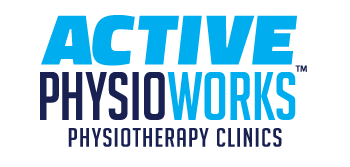Dry Needling
Dry Needling utilizes a solid, filament needle, as is used in the practice of acupuncture. A technique where a thin filiform needle is used to penetrate the skin and stimulate underlying myofascial trigger points, muscular and connective tissues for the management of neuromusculoskeletal pain and movement impairments.
Dry needling follows evidence-based guidelines, recommended “point” locations, and dosages for the treatment of specific conditions. Acupuncture stimulates the balance and flow of Qi energy that in Traditional Chinese Medicine is considered essential to health. When the body is healthy, Qi (pronounced chee), flows smoothly through the meridians that make up a conceptual network of pathways throughout the entire body. When the balance or flow of Qi is deficient or obstructed it may be diseased or susceptible to illness.
Which conditions may it be helpful in?
In short, anything that is causing pain, has restricted range, or restricted function, assuming a neuromuscular origin
Some examples include:
- Tension headaches
- chronic whiplash injuries
- low back pain
- Muscle strains
- Ligament sprains
- Tennis elbow
- ITB syndrome
- Plantar fasciitis
- General muscle stiffness/soreness
Sources:
American Physical Therapy Association Dry Needling Task Force May 2012
White et al, 2001
https://www.acupuncturecanada.org/blog/dry-needling-vs-acupuncture/

